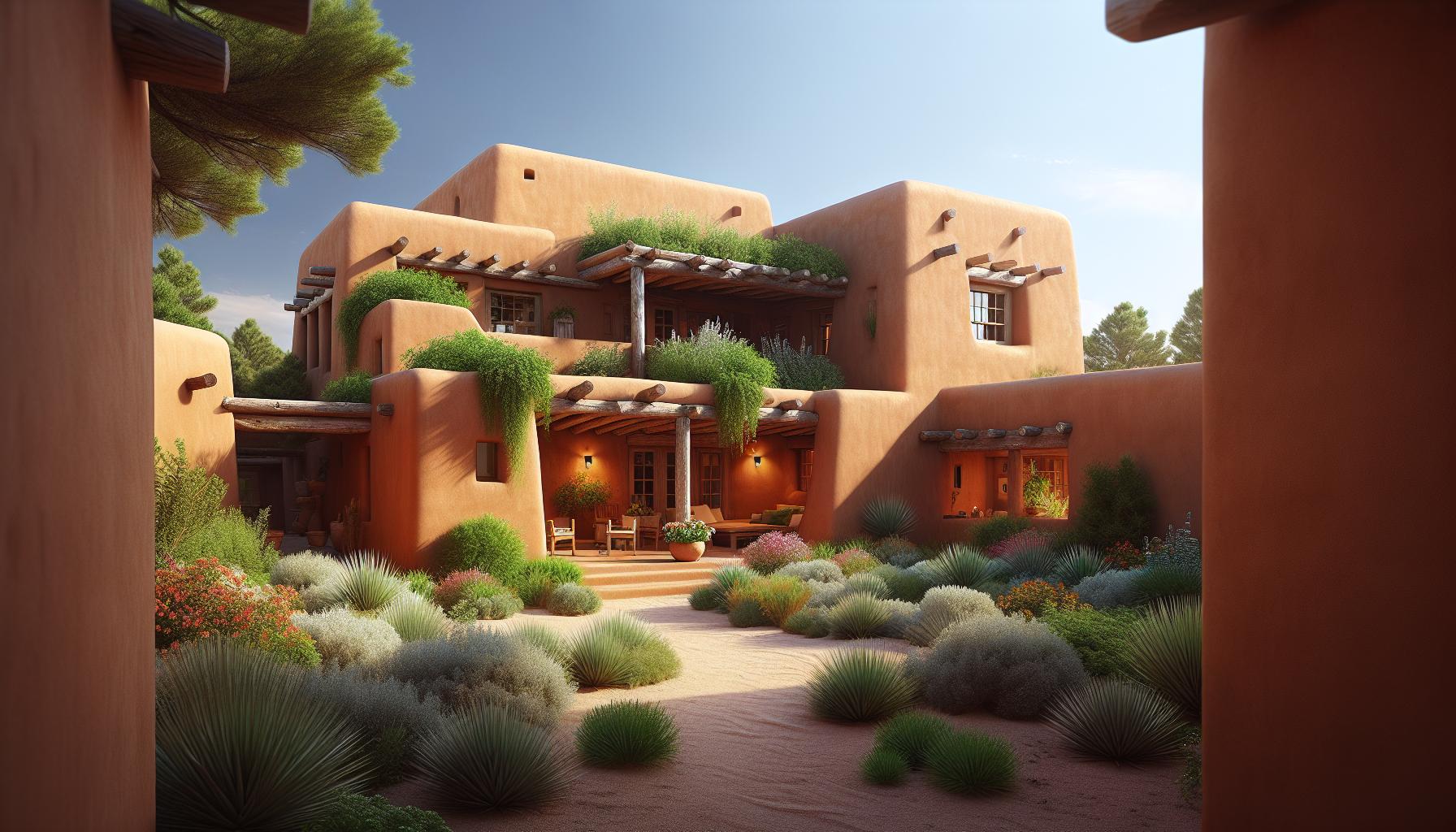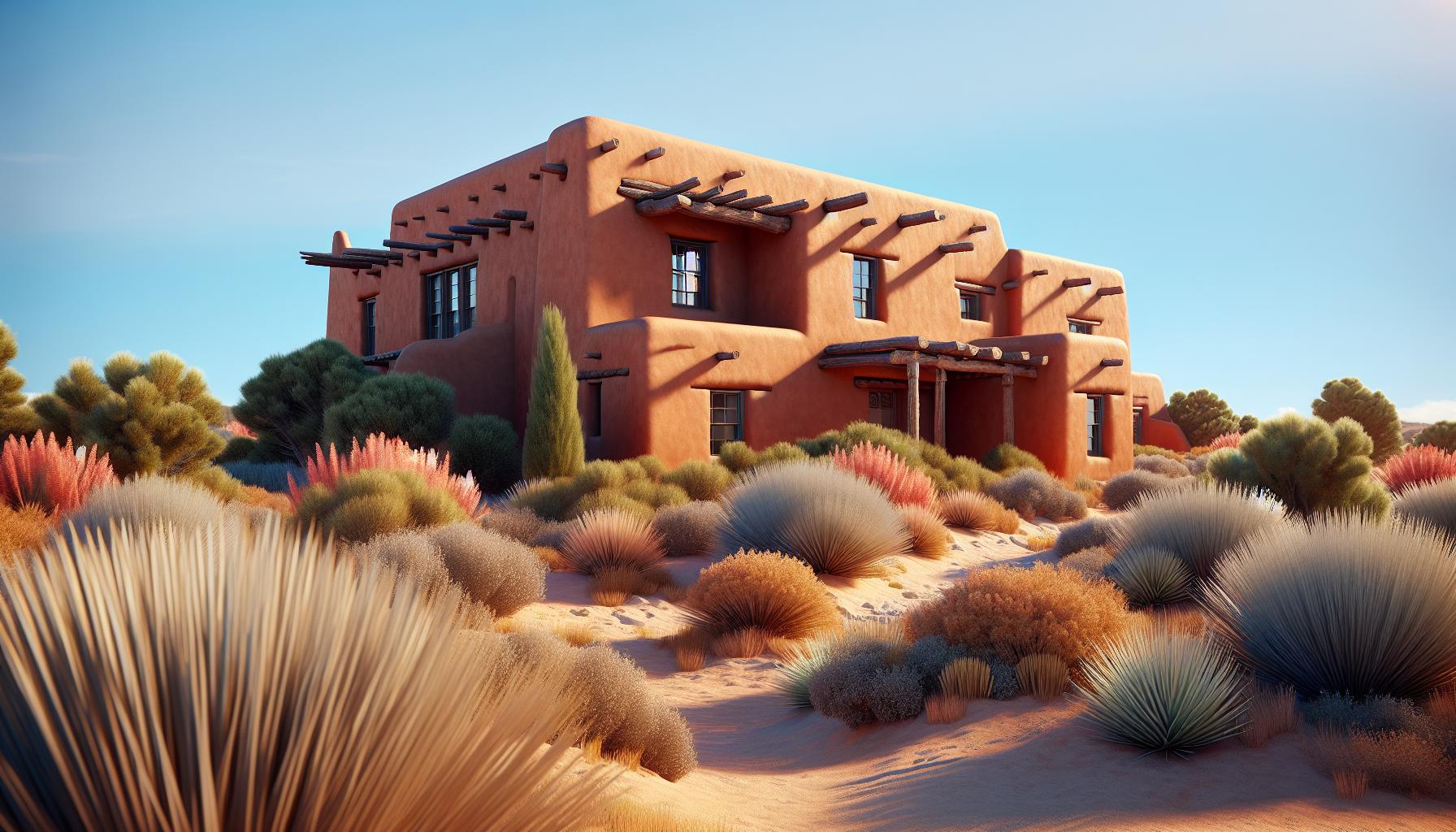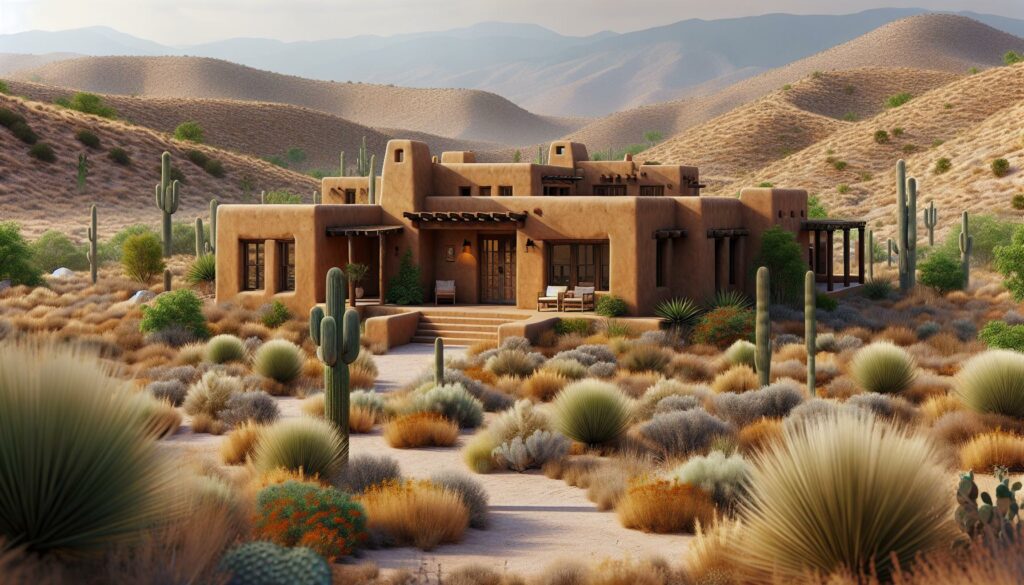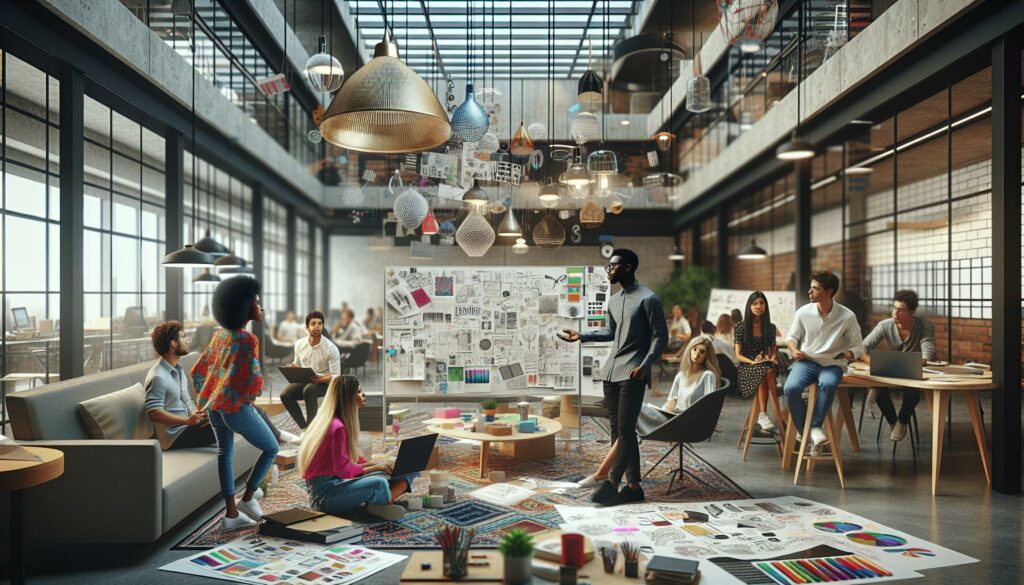In a world where cookie-cutter homes dominate the landscape, adobe houses stand out like a quirky uncle at a family reunion. These earthen wonders aren’t just charming; they’re energy-efficient and environmentally friendly too. Imagine living in a home that keeps you cool in summer and warm in winter, all while looking like it stepped straight out of a Southwestern postcard.
Adobe House Design
Adobe houses showcase unique appeal through their energy efficiency and distinctive Southwestern aesthetics. These earthen structures adapt well to various climates, making them comfortable year-round living spaces.
Definition And Characteristics
Adobe houses are made from a mixture of clay, sand, straw, and water, forming a natural, durable building material. Key characteristics include thick walls that provide insulation and resist temperature fluctuations. These homes often display flat roofs and arched doorways, reflecting traditional Southwestern architectural elements. Natural colors derive from local earth materials, allowing adobe homes to blend seamlessly with their surroundings. Energy efficiency remains a standout feature, as adobe retains heat in cooler months and stays cool during warmer periods.
Historical Significance
Adobe construction dates back thousands of years, with origins traced to ancient civilizations in regions like Mexico and the American Southwest. Notable structures include pueblos and missions that showcase this technique. As a building method, adobe has been vital for indigenous cultures, offering both durability and practicality. Historical significance extends to its sustainable qualities, which contribute to environmentally friendly building practices. Many communities continue to embrace adobe construction, preserving cultural heritage while adapting it to modern needs.
Benefits Of Adobe House Design

Adobe house design offers numerous advantages that appeal to homeowners. The focus on energy efficiency and sustainability underscores its practicality.
Energy Efficiency
Energy efficiency remains a hallmark of adobe houses. Thick walls maintain a stable indoor temperature, reducing heating and cooling costs. Naturally insulating materials help in regulating temperature fluctuations. Studies show that adobe homes can reduce energy consumption by up to 30 percent compared to traditional structures. In addition, using passive solar design enhances the benefits, allowing sunlight to warm interior spaces in winter while keeping them cool in summer. These features contribute to significant energy savings over time.
Sustainability
Sustainability characteristics define adobe houses. The materials used, including clay, straw, and sand, are abundant and renewable. Construction generates minimal waste, reinforcing environmental responsibility. Adobe’s thermal mass reduces reliance on artificial heating and cooling systems, leading to lower carbon footprints. Moreover, adobe construction supports local economies by utilizing regional materials and labor. As a result, the eco-friendly design aligns with modern green building principles, making adobe houses a sustainable choice for contemporary living.
Key Elements Of Adobe House Design

Adobe house design revolves around specific elements that contribute to its unique advantages. Understanding these key features showcases the appeal of this traditional architecture.
Material Selection
Adobe homes primarily use natural materials like clay, sand, straw, and water. This mixture forms a durable building substance with strong thermal mass properties. Clay provides excellent insulation while sand enhances structural stability. Straw acts as a binding agent, increasing durability. The abundance and renewable nature of these materials reduce environmental impact and support local communities. Incorporating these elements leads to sustainable construction practices.
Architectural Features
Thick walls typical of adobe houses give exceptional insulation and energy efficiency. Flat roofs not only complement the architectural style but also allow for easy installation of solar panels. Arched doorways are characteristic of Southwestern design, providing aesthetic appeal and functional entry points. Courtyards often feature prominently, creating private outdoor spaces while promoting airflow. Overall, these architectural elements enhance both comfort and visual interest in adobe homes.
Considerations When Designing An Adobe House

Designing an adobe house requires attention to various factors, including climate and regulations. Each element influences the overall comfort and compliance of the structure.
Climate Adaptation
Climate adaptation plays a crucial role in adobe house design. Specific materials perform better in particular climates. For regions with high temperatures, thick adobe walls maintain cooler indoor environments, while in cooler areas, they retain heat. Passive solar techniques enhance energy efficiency, allowing homes to harness sunlight effectively during winter months. Understanding local weather patterns helps inform architectural features, such as roof overhangs that provide shade or ventilation strategies to encourage airflow. These adaptations ensure the home remains comfortable throughout the year.
Local Building Codes
Local building codes significantly impact adobe house design. Each community has specific regulations addressing safety, materials, and construction methods. Compliance with these codes protects homeowners and ensures the structure’s longevity. Designers must investigate these requirements early in the planning process. Additionally, local codes may dictate wall thickness, roof types, and foundation specifications, all of which influence the overall design and functionality of the adobe house. Consulting with local authorities and experienced builders streamlines this process, leading to successful project execution.
Adobe house design stands out for its blend of sustainability and unique aesthetic. These homes not only reflect a rich cultural heritage but also offer practical benefits in energy efficiency and climate adaptability. By utilizing natural materials and traditional construction methods, adobe houses provide a comfortable living environment while minimizing environmental impact.
As more people seek eco-friendly housing options, the appeal of adobe homes will likely continue to grow. Their distinctive features and historical significance make them a compelling choice for those looking to embrace a sustainable lifestyle without sacrificing style or comfort. Embracing adobe design could be a step toward a greener future.



